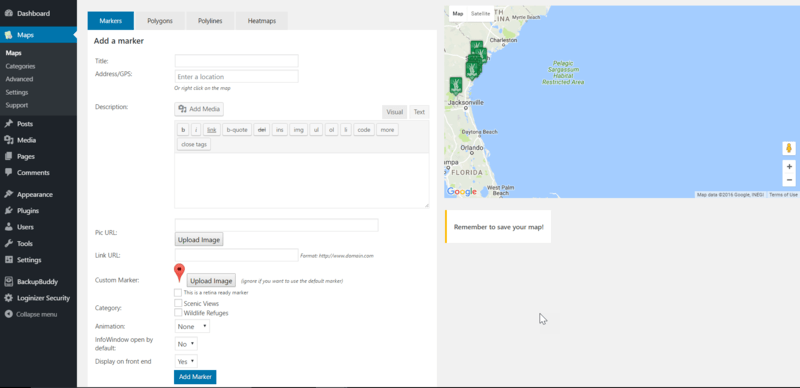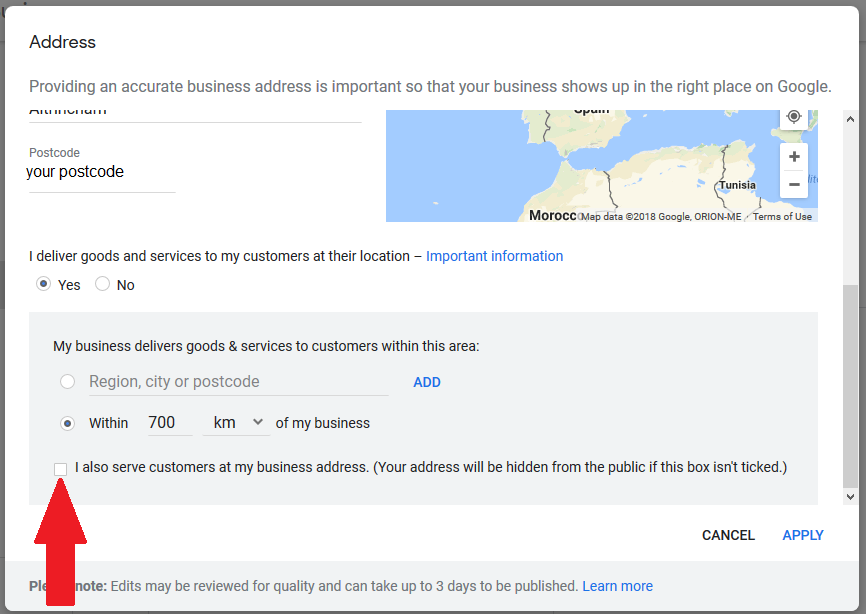


Once published, a new map style will update in near real-time across all platforms and devices, ensuring a cohesive customer experience. Your user experience team can quickly adopt new customization features or your marketing team can update map styles to mirror a holiday campaign–all without touching a line of code. A single map style can serve as many maps as you want it to–meaning that a style change can be immediately flowed out across a range of apps and sites–without any complicated deployments.įinally, moving Maps customization into the cloud enables more members of your team to update your maps, including those who don’t code. With styles living on the server, it becomes extremely easy to manage your map styles, even across multiple platforms and properties. This move to cloud-based Maps styling increases the number of customizations that can be done on a map to over 250 for most browsers. We’ve heard from our customers–and experienced ourselves–how quickly that limit can be hit when styling a map. This design meant the amount of customization that could be done was capped by URL character limits. Until now, Maps customization has been handled via client-side JSON which was sent to the server with map requests. This evolution brings three important benefits: more customization, easier management, and faster deployment of tests and new features. With this launch, you can create and manage your map styles via the Google Cloud Console. We’re taking our first step on that journey, with the introduction of cloud-based Maps styling. Remember when we used to hand-code HTML websites? Then along came robust tooling that turned managing website content into a task that didn’t require an engineer. Maps customization, styling, and management in the cloud Today, we’re rolling out five new Maps customization features that make it easier than ever to create deeply customized maps, and a new way to more frictionlessly apply these and future customizations. A basic map is helpful to users, but when you layer on additional context via style changes or points of interest (POIs), the map experience becomes even more contextual and helpful to your users beyond just getting to the grocery store. People everywhere use maps to help address a variety of needs, from navigating to a grocery store or seeing what restaurants are nearby, to finding the location of the nearest pharmacy.


 0 kommentar(er)
0 kommentar(er)
